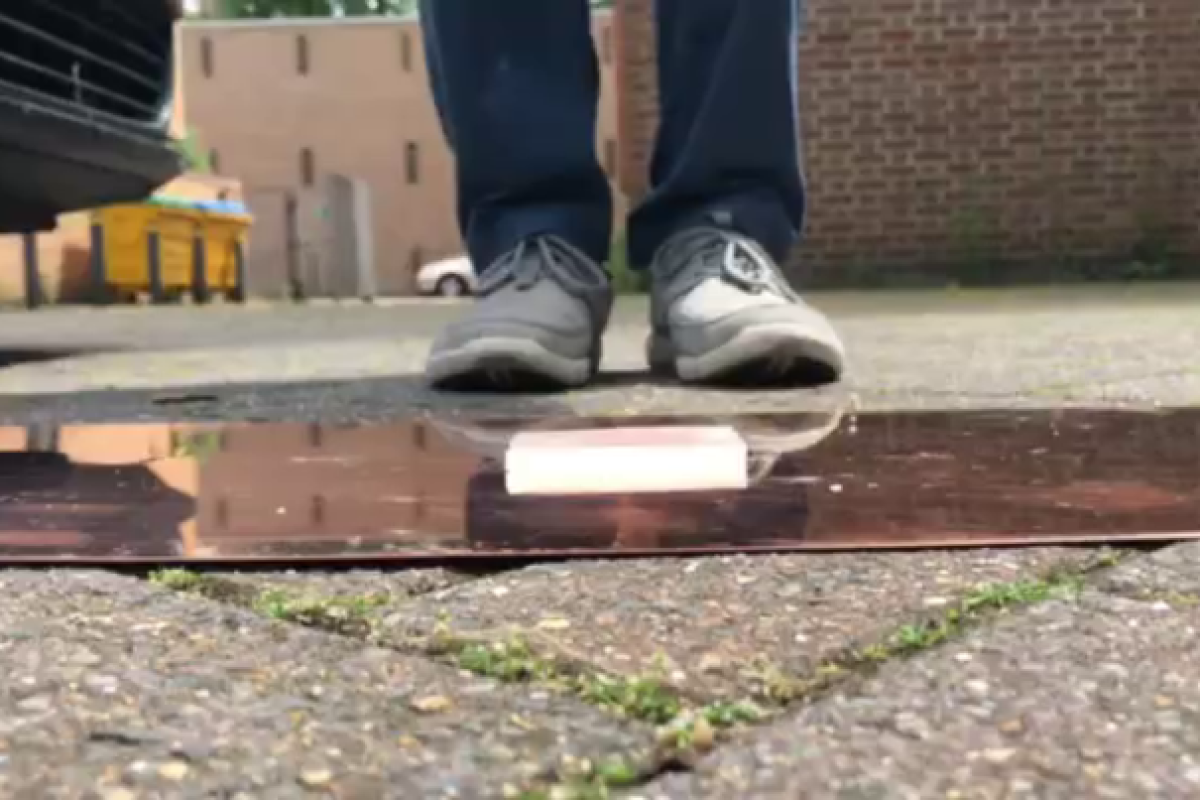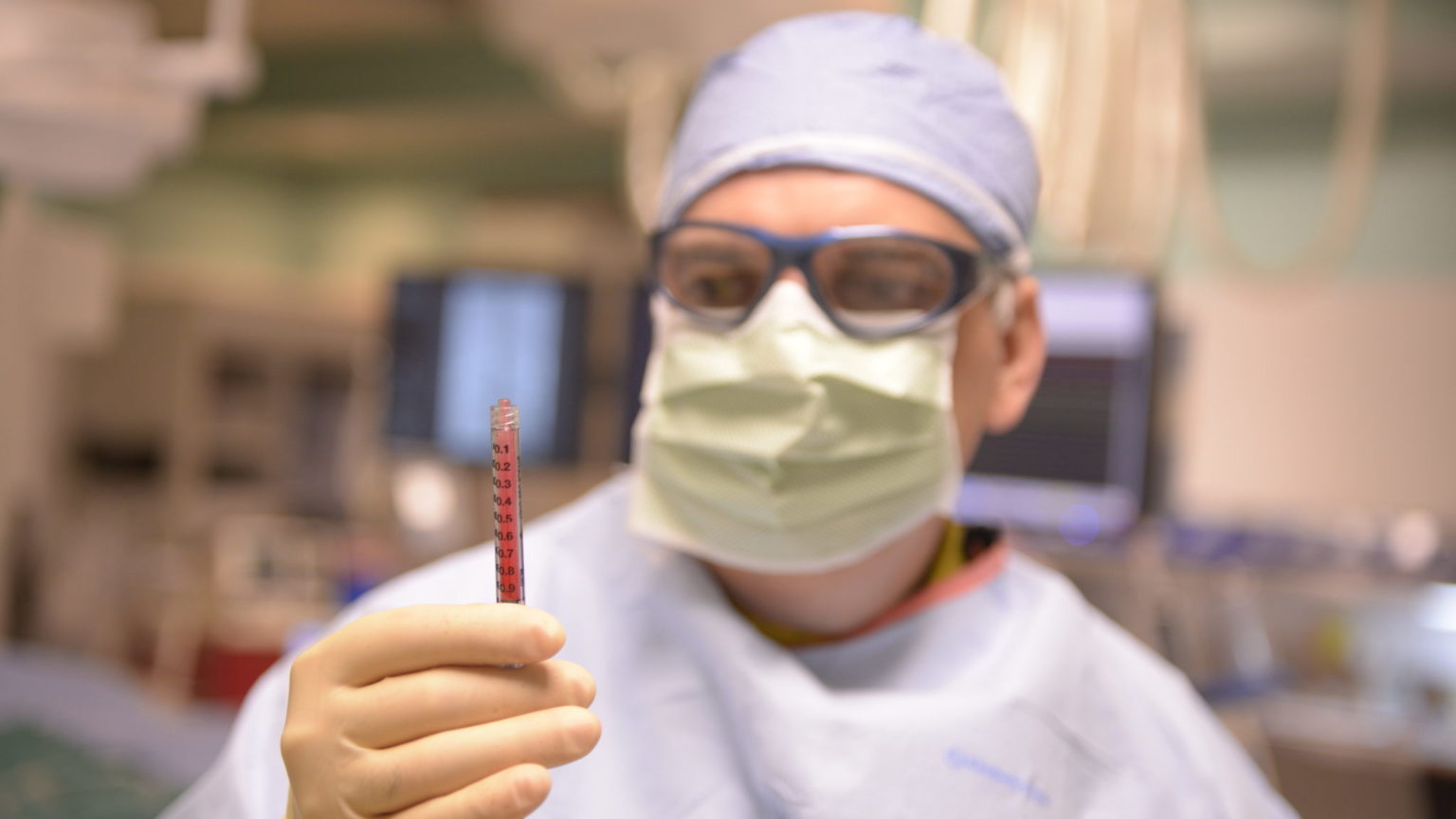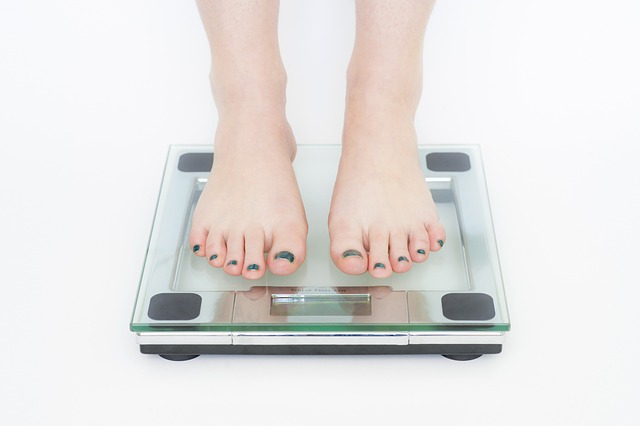A Breakthrough in Soft Robotics
Researchers at the Massachusetts Institute of Technology (MIT) have created a groundbreaking method to cultivate artificial muscle tissue that contracts in multiple directions, closely mimicking the complex movements of natural muscles. This innovation promises to advance the field of soft robotics significantly.
The Stamping Technique
To achieve this, the team developed a technique called “stamping.” They 3D-print a small, handheld stamp patterned with microscopic grooves, each as small as a single cell. Pressing this stamp into a soft hydrogel and seeding the grooves with real muscle cells allows the cells to align and grow into fibers along predefined paths. When stimulated, the engineered muscle contracts in multiple directions, just like the human iris as it dilates and constricts the pupil.
Cost-Effective and Versatile
This stamping approach is both cost-effective and accessible. Standard tabletop 3D printers can produce the stamps, making the method widely available. It enables the fabrication of complex muscle patterns and could also apply to other biological tissues, such as neurons and heart cells. By replicating the intricate structure of real tissues, this technique brings scientists closer to creating lifelike and functional biohybrid robots.
Implications for Future Robotics
The impact of this development extends far beyond the lab. Soft robots equipped with these multi-directional artificial muscles can navigate environments more efficiently and perform tasks with greater dexterity. Additionally, since living cells power these biohybrid robots, they offer greater energy efficiency and sustainability compared to traditional rigid actuators.
MIT’s innovation marks a major step in integrating biological components into robotic systems. This breakthrough moves us closer to machines that function with the flexibility and adaptability of living organisms.






